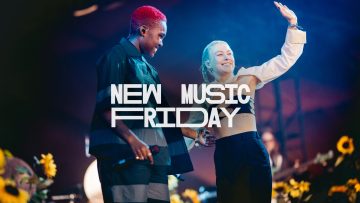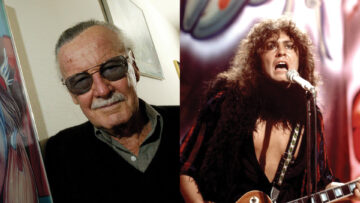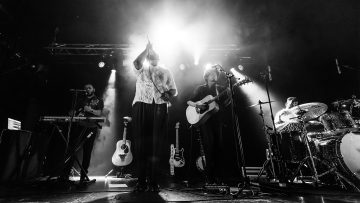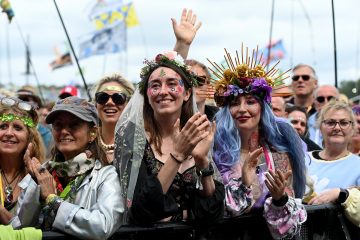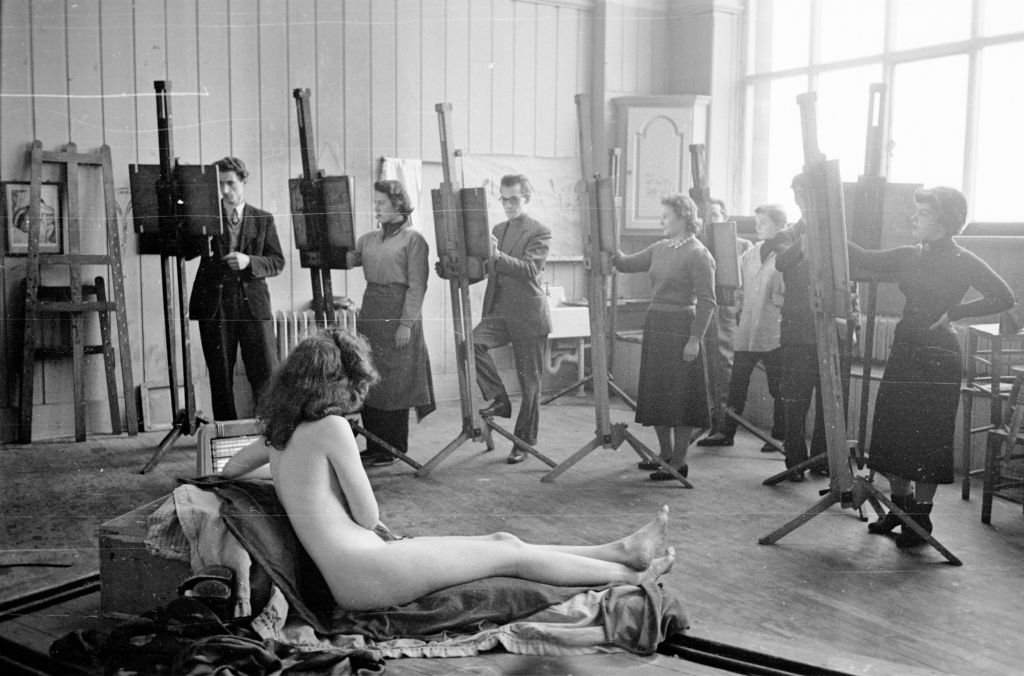
William Blake once said: “Art can never exist without naked beauty displayed.” Wise words, if perhaps Blake’s justification to get people naked. But what about all the life models who choose to be naked in front of strangers? What motivates them? Why did they take the leap to life-model? And how does life modelling make them feel?
The five following responses feature models from Britain and Ireland, to cities including Istanbul and Florence. Their motivations vary – from a connection to ancient history, a space for self-growth, an act of self-expression or even political defiance – but each sheds a light on the why people choose to start life modelling in modern day Europe.
Alexandra Morgan, Dublin
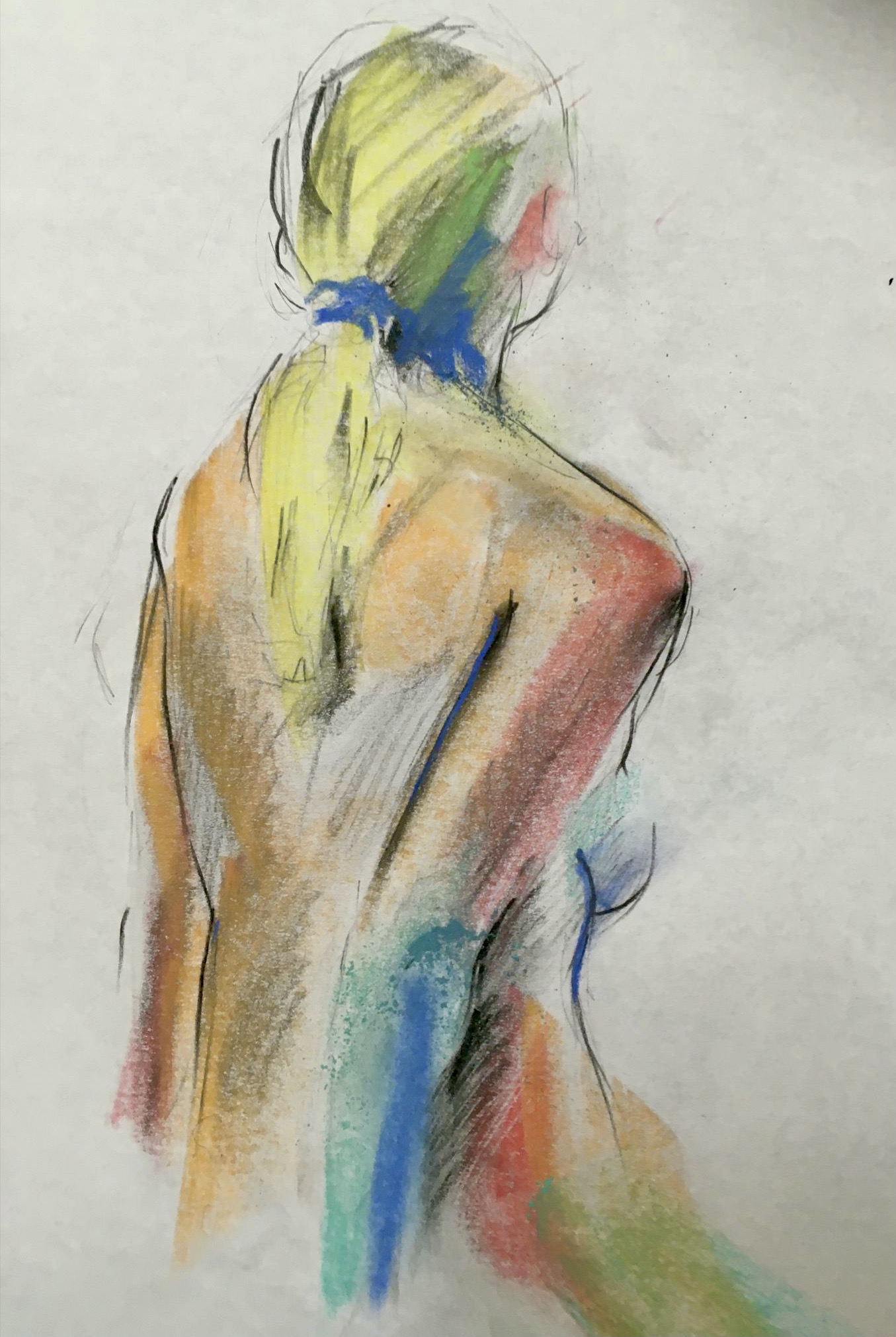
Morgan decided to life model as part of a personal challenge connected to pain. A mental training that entwines you with “both your breath and the sensations going on in your body.” The pain levels in life drawing vary according to the studio. Some models (myself included) fall asleep in sessions and prefer to hold long, more relaxed poses. But Morgan exclusively works with artists who prefer a variety of mid-action shots and yoga moves. She aims for poses that feel impossible to hold long-term, without being anything short of a Shaolin Monk.
She was inspired by Marina Abramović, a performance artist whose work explores the physical and emotional limits of the self. Abramović’s piece, The Artist is Present, had her sitting in the same chair eight hours a day for nearly three months as audience members would come and sit opposite her and share her gaze. Many, including her, would be moved to tears.
The extremity of Abramović’s work sparked Morgan’s desire to challenge herself into discomfort, to test her limits. Her work made her realise that, by shying away from pain, you magnify it. “Whatever you resist, persists,” she explains.
Morgan became passionate about exploring vulnerability, being outside of her comfort zone, and not being able to hide behind masks, whether that is “clothes, hair or make-up.” She believes that peeling back layers makes you more “vulnerable, but also more authentic.”
Demir, Istanbul
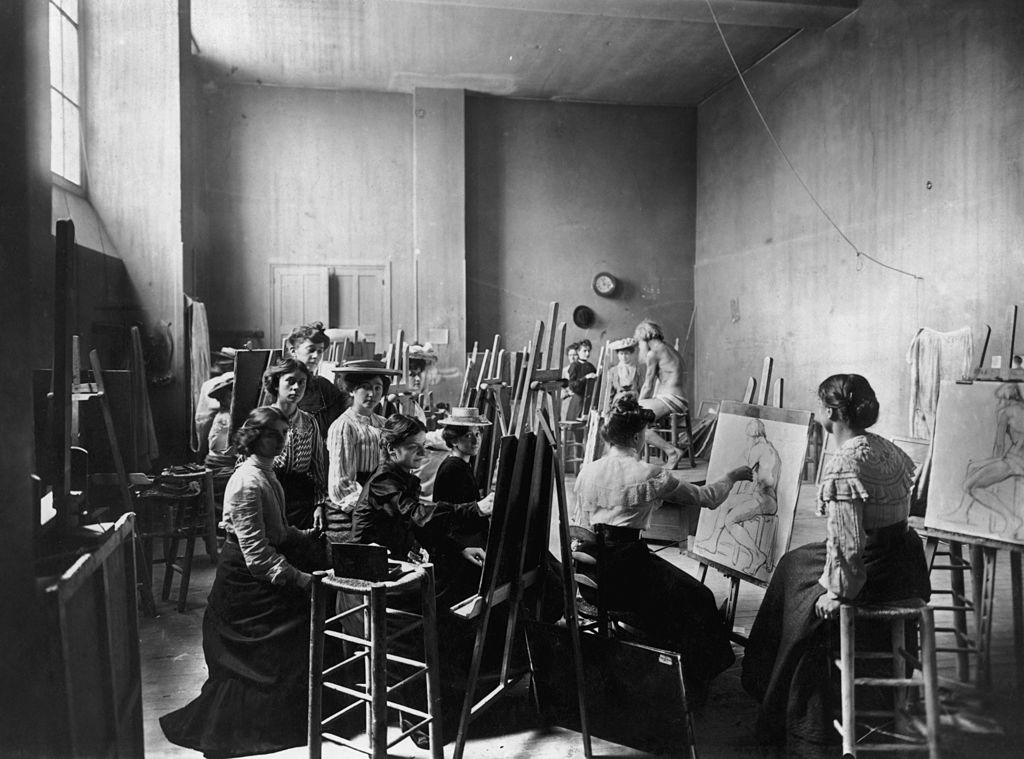
A group of young women artists sketching a nude male life model, circa 1910. (Photo by FPG/Hulton Archive/Getty Images)
Demir (not his real name,) a fine-art professor at the University of Istanbul, started life-drawing 20 years ago. “It’s not in my nature to shy away from the spotlight,” was Demir’s simple response to the broad question of why? He told me that he is proud of his sexuality and body. “No one can steal my thunder,” he exclaimed, “not even the president.”
Recently, Demir has seen much of Turkey’s art and culture scene taken over by President Erdogan and his party. In the repressive regime, artists, singers, and comedians have faced crackdowns and threats. The justification is that it threatens Islamic culture. Demir is fighting back against this with his life-modelling, which he believes aligns with freedom and secularism.
Demir explained that he was inspired by the Turkish journalist and writer Barbaros Altug, who famously said; “The struggle for democracy and artistic freedom is still worth fighting for.” Now, Demir is strongly resisting the intimidation and wants complete agency over his nudity in a safe environment, standing in direct opposition to the increasingly oppressive political state in Turkey.
Mary Beard, Cambridge
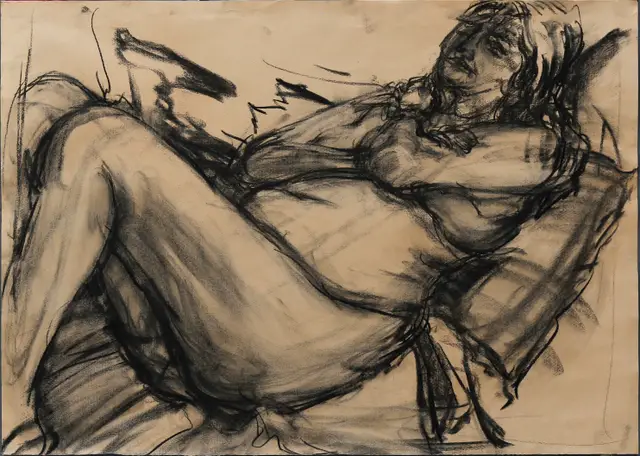
Mary Beard. Credit: Catherine Goodman/PA
Not an interview, but someone who’s readily spoken about life modelling in the past, the famous classicist Mary Beard posed for life drawings to achieve freedom from idealised body image standards. Her life drawing pictures catalysed Twitter comments like “this may be a step too far,” confirming the ever-present shame about nudity in public, despite easy access to porn behind closed doors. Perhaps if Beard had a body more acceptable for pornographic sites, she would not have received the Twitter backlash. Just shower thoughts.
Beard struck back, asserting that she wanted to “democratise the nude” rather than being “an elderly, academic woman remain[ing] fully clothed.” She raised important questions in her documentary Shock of the Nude about nudity and transgression, asking whose bodies are deemed ‘okay for art?’
Beard felt relieved with the end result of her drawings and shared similar thoughts to most life-models about the result. You realise that at the end-sweep of all the paintings, everyone perceives you differently. Beard asked herself “is it me, or is it someone else’s perception of me?” Those imperfections and quirks in the body that you were unsure about actually add a lot of substance to the final work.
Maria, Florence
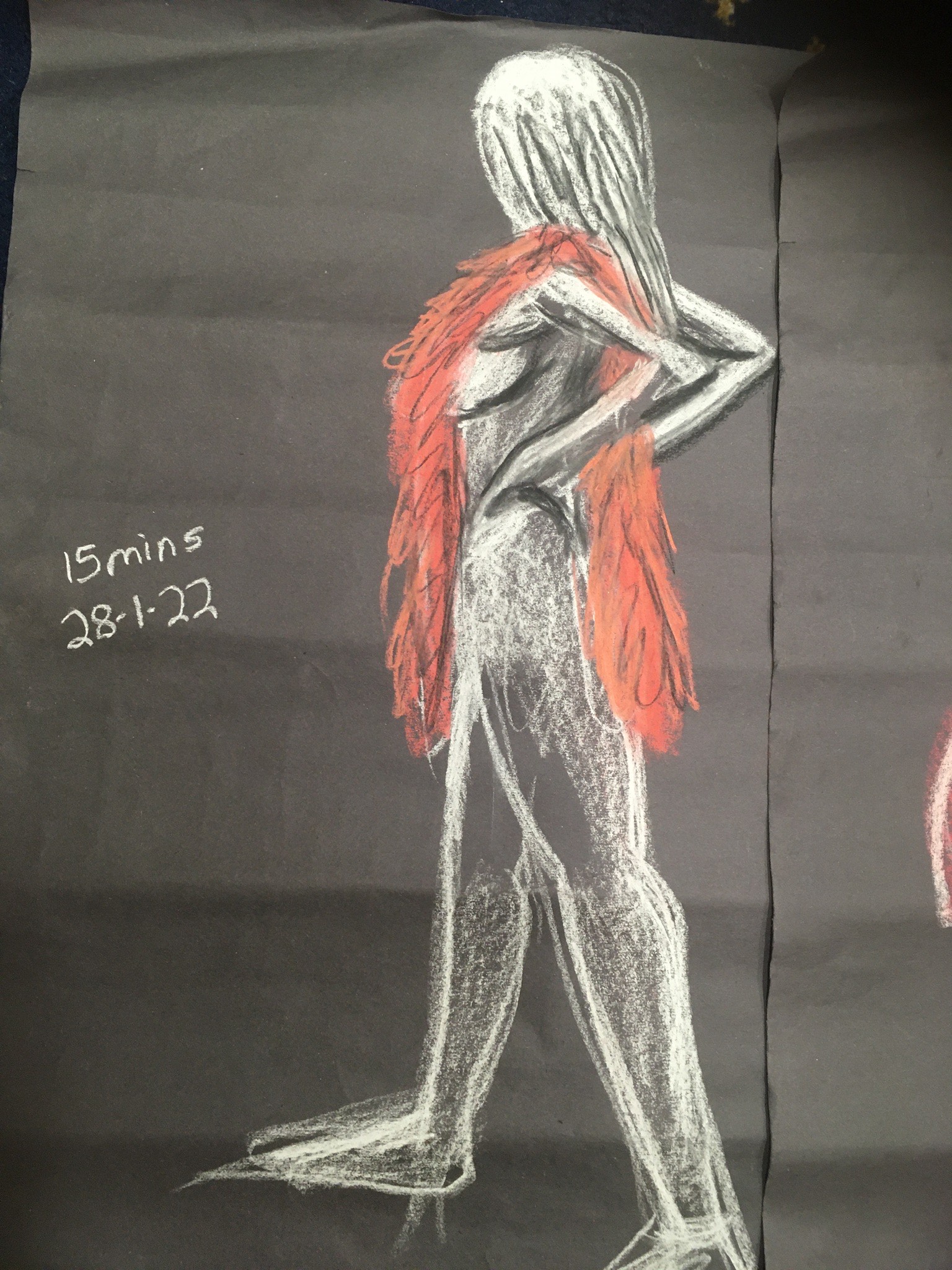
Maria struggled with her body image throughout childhood and her teenage anxiety-riddled years. She said that studying History of Art was a revelation for her – seeing ancient depictions of women in sculpture and paintings “depicted as voluptuous and curvaceous to indicate health, fertility, and strength.” Maria began to move away from the Instagram and Tik Tok stereotypes and focus on older images, growing more and more confident in her body as a result.
She wanted to empower other voluptuous and curvaceous ladies, but not through the internet. She felt that posting pictures of herself in a bikini was pointless, and ultimately not going to help anyone feel good about themselves. Why would she crave validation from others when she only needed self-validation? Therefore, she turned to life-modelling – to own her body and not care about the judgements of others.
Maria has reaped many rewards from her decision to sign up – new paintings, new perspectives, and new passions.
“Life-drawing enables more self-ownership of the body, which helps to de-sexualise your body,” she explained.
Sophie, London
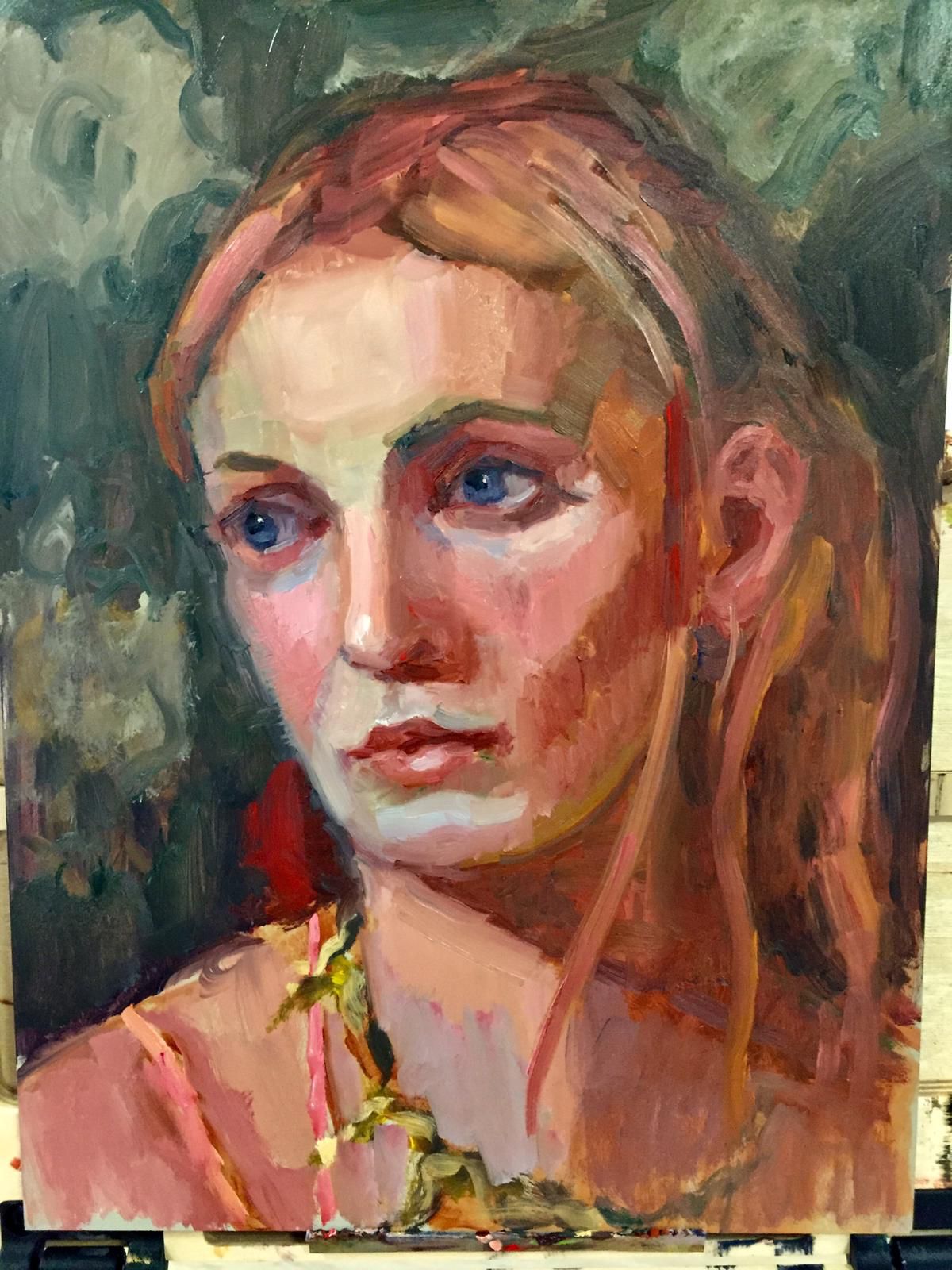
I’m not entirely sure what my main motivation was – initially there were a few. Similarly to Maria and Mary, studying Classics certainly spurred me on to see the beauty, rather than shame, of nudity.
Classical antiquity, fortunately, came before Christianity and the forbidden fruit. Adam and Eve’s fig leaves shifted any pagan positive associations of nudity to concepts of sin and shame. Before the original sin, Olympia bore witness to bronzed, hench men competing, fighting, and throwing javelins completely naked. The nudity brought them closer to the gods and contributed to the beautiful spectacle. Even Spartan women were naked in public processions and festivals. Marble and painted nakedness became embedded in me as normality, just as it did for Mary and Maria.
I feel more relaxed naked. The solace of being drawn in a silent, peaceful environment motivated me to sign up, and I found this to ring the truest. Throughout the day, when juggling different tasks, I always have at the back of my mind “you can mull over that later in a pose.” In long poses, I sometimes fall asleep, zone out or start to daydream. It is a powerful headspace, leaving little room to escape those thoughts you have been avoiding.
And of course, it pays some bills. It’s not bad money for a sidegig.
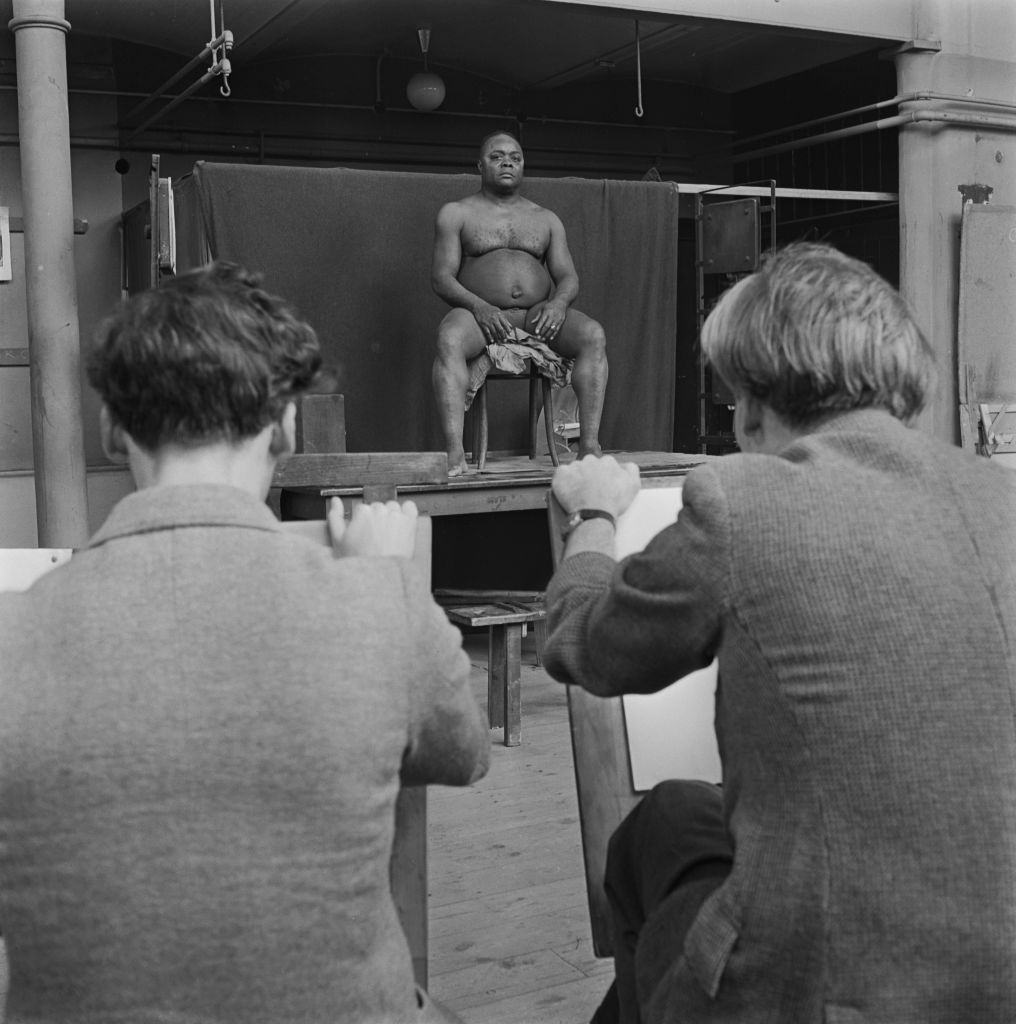
A nude life drawing class at the Slade School of Fine Art in London, UK, 1950. (Photo by George Konig/Keystone Features/Hulton Archive/Getty Images)
Where Blake said “art can never exist without naked beauty displayed,” a hundred or so years later, another man asserted the opposite.
“Nudity is undignified and an error of taste.”
That was Adolf Hitler.

